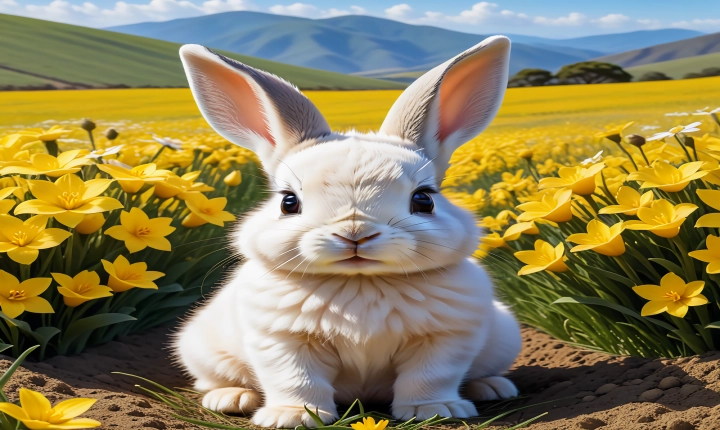Title: Should Artists be Worried About AI?
In recent years, artificial intelligence (AI) has made significant strides in various fields, including art and creativity. With the development of AI-generated artwork and music, many artists are left wondering about the potential impact of AI on their profession. Should artists be worried about AI encroaching on their creative territory? Or should they embrace AI as a complementary tool in their artistic endeavors?
The rise of AI-generated art has undoubtedly sparked a debate within the artistic community. On one hand, some artists express concern about the potential threat AI poses to their livelihood and creative expression. They fear that AI could devalue the authenticity and originality of human-created art, leading to a decrease in demand for traditional artworks. Additionally, there is a concern that AI could lead to mass unemployment in the artistic field, as AI tools become more proficient at generating art at a fraction of the time and cost.
Moreover, there is a fear that the proliferation of AI-generated art could lead to a decline in the appreciation and understanding of the artistic process. The emotional and intellectual depth that often accompanies the creation of art, which is deeply rooted in the human experience, might be lost in the production of AI-generated artwork.
Conversely, there are artists who view AI as a powerful tool that can enhance and expand their creative capabilities. AI algorithms can be used to analyze vast amounts of data and generate insights that can inform artistic decisions. For instance, AI can assist artists in identifying patterns, styles, and trends, which can serve as inspiration for their own work. Additionally, AI can enable artists to experiment with new techniques and mediums, leading to innovative and boundary-pushing artistic creations.
AI can also act as a collaborator, allowing artists to merge human creativity with the computational power of AI to produce extraordinary and thought-provoking art. By embracing AI, artists can explore new avenues of creativity and push the boundaries of traditional art forms, leading to the emergence of novel and avant-garde expressions.
Furthermore, the integration of AI in art can democratize the creative process, making art more accessible to a broader audience. AI-generated art has the potential to reach individuals who might not have engaged with traditional art forms, thereby diversifying and expanding the artistic community.
Ultimately, the question of whether artists should be worried about AI comes down to the perception of AI as a threat or an opportunity. While AI undoubtedly presents challenges to the traditional artistic landscape, it also offers a myriad of possibilities for artists to explore and innovate. Rather than seeing AI as a replacement for human creativity, artists can leverage AI as a tool to enhance their artistic vision and create new, compelling forms of expression.
In conclusion, the relationship between artists and AI is multi-faceted. While there may be concerns about the impact of AI on the artistic community, it is essential for artists to adapt and embrace the potential that AI holds. By leveraging AI as a collaborative tool and using it to facilitate new creative endeavors, artists can navigate the evolving landscape of art in the age of artificial intelligence. Ultimately, the integration of AI in art has the potential to enrich and diversify the creative process, leading to a renaissance of artistic exploration and innovation.
